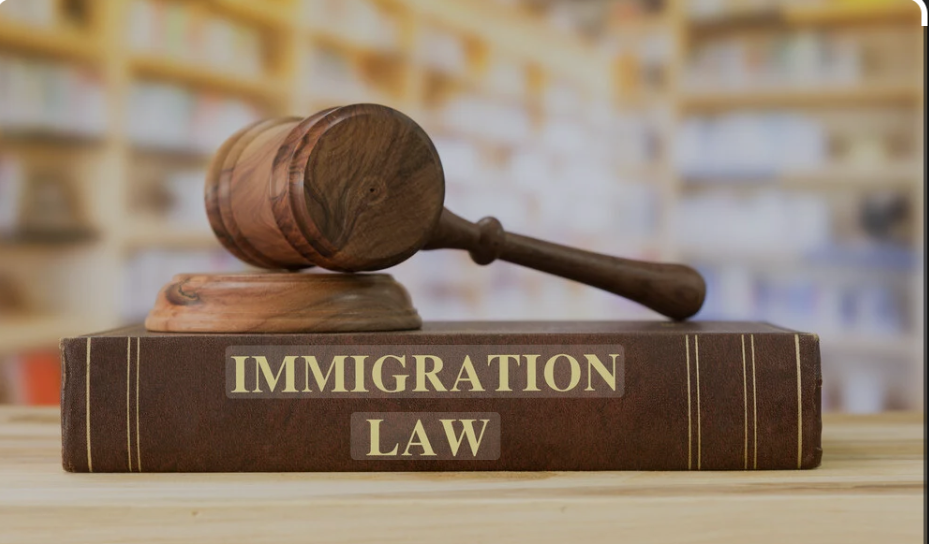
At Workneh Law, based in Chicago and serving clients across the United States, I frequently hear the same concerns from families, professionals, and students navigating the U.S. immigration system. To help, I’ve compiled the 5 most common immigration questions asked now in the U.S. along with clear answers. Whether you’re applying for a work visa, green card, asylum, or citizenship, these answers provide guidance to make the process smoother and less stressful.
1. How do I apply for a U.S. work visa?
To work in the United States, most applicants need an employer sponsor. Common options include:
- H-1B visa – for professionals in specialty occupations (usually requiring a bachelor’s degree or higher).
- L-1 visa – for employees transferring within the same company.
- O-1 visa – for individuals with extraordinary ability in sciences, arts, education, business, or athletics.
- J-1 visa – for exchange visitors such as students, interns, researchers, teachers, or medical trainees. Some carry a “two-year home residency requirement.”
Steps to apply:
- Secure a U.S. employer willing to sponsor you.
- Employer files a petition with U.S. Citizenship and Immigration Services (USCIS).
- Once approved, you apply for a visa at a U.S. consulate abroad or change status in the U.S.
👉 Every case is unique, so eligibility and timelines depend on your background and sponsor.
2. How do I file a family-based green card petition?
U.S. citizens and lawful permanent residents can petition family members for a green card by:
- Filing Form I-130 (Petition for Alien Relative) with USCIS.
- Waiting for approval and visa availability.
- Completing consular processing abroad or filing Form I-485 if the family member is already in the U.S.
Immediate relatives of U.S. citizens (spouses, unmarried children under 21, and parents) usually have faster processing than other categories.
3. How can I apply for asylum in the United States?
You may apply for asylum if you fear persecution in your home country due to race, religion, nationality, political opinion, or membership in a particular social group.
Steps include:
- Filing Form I-589 (Application for Asylum) within one year of arrival.
- Submitting supporting evidence (country reports, affidavits, personal statement).
- Attending a USCIS asylum interview or, if in removal proceedings, presenting your case to an immigration judge.
4. How do I become a U.S. citizen through naturalization?
Most green card holders may apply for citizenship if they meet:
- 5 years of permanent residency (or 3 years if married to a U.S. citizen).
- Good moral character, continuous residence, and physical presence.
- Passing the English and civics tests.
The process begins by filing Form N-400 with USCIS, followed by an interview and oath ceremony.
5. What documents are needed for my visa or green card application?
Requirements vary, but most applicants need:
- Valid passport.
- Birth certificate and civil records (marriage/divorce).
- Financial evidence (e.g., Affidavit of Support for green cards).
- Photos meeting U.S. visa standards.
- Supporting evidence such as employment letters or proof of relationship.
📌 Always double-check your application documents with the official USCIS checklist or the Department of State visa checklist to avoid delays or denials.
✨ At Workneh Law, we provide personalized immigration guidance to clients across the United States, whether you’re applying for a work visa, reuniting with family, seeking asylum, or preparing for citizenship. Our goal is to make the process as clear and smooth as possible.
📞 Call us at 224-584-8086 or schedule a 30-minute consultation with Workneh Law today to discuss your immigration case and get personalized guidance with confidence.
